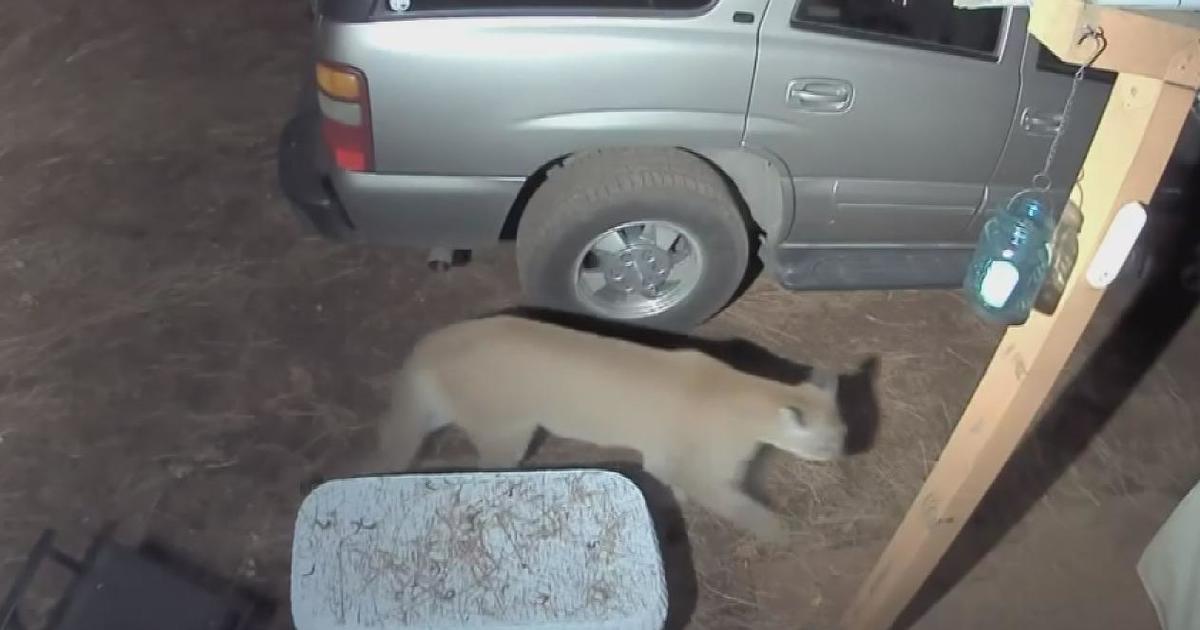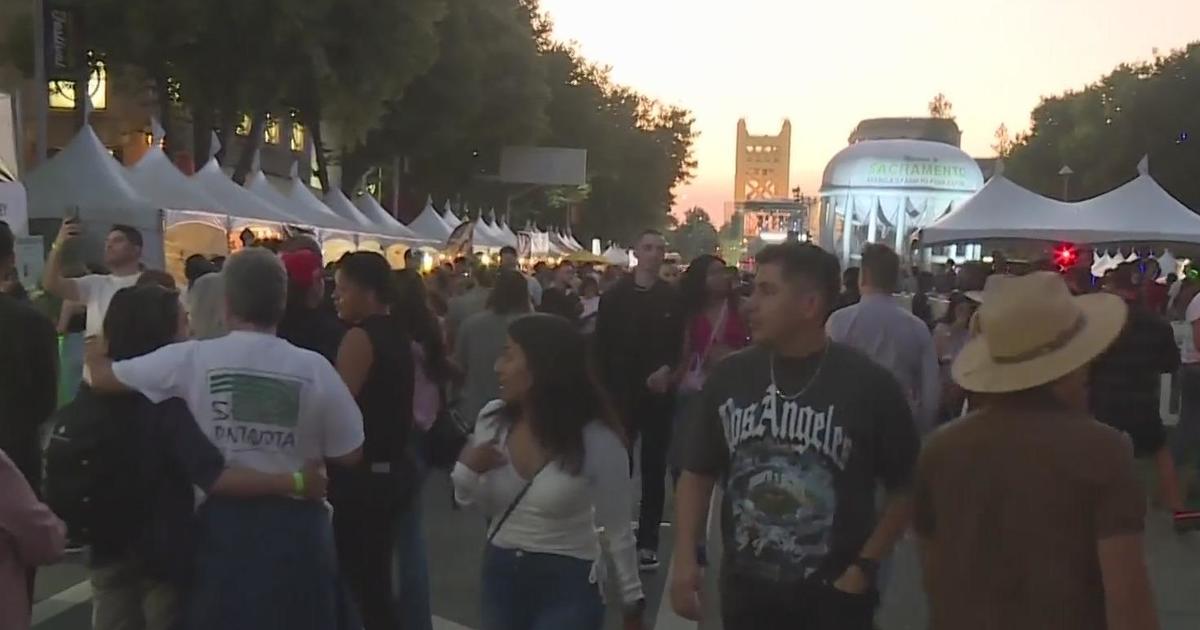UPDATED $0 BAIL STUDY: Suspects released on $0 Bail had twice the felony rearrests, three times the violent crime rearrests
YOLO COUNTY - Zero-dollar bail: It's a controversial topic. Last year, a local study from the Yolo County DA's office found 70% of suspects released on zero-dollar bail, reoffended. But were they *more likely* to re-offend? An updated study indicates the answer may be, yes.
The new study compared the rearrest rate of suspects who were released without posting bail in Yolo County, to those who had to post bail. The data show suspects released on zero-dollar bail were twice as likely to be rearrested for felonies and three times as likely to be rearrested for violent crimes compared to those who had to post bail.
Notably, unlike reduced cash bail policies in other states, California's temporary zero-dollar bail order did not include mandatory risk assessments prior to release.
Read the full study here:
YOLO COUNTY: POSTED BAIL VS ZERO BAIL ANALYSIS
Unanswered Questions
Arrest after arrest, victim after victim, according to data compiled by the Yolo County DA's office, hundreds of suspects were released on zero-dollar bail during the pandemic – and then re-arrested in Yolo County alone.
Last year, the Yolo County District Attorney ran the numbers and found, out of the 595 people released on zero bail over the 13 months the policy was in effect in that county, 420 were rearrested – more than 70%.
The Yolo County study was cited on the California State Assembly floor and was widely believed to have helped kill a bill related to zero bail.
However, critics noted that the first study left unanswered questions. It only identified the rearrest rate of suspects released on zero-dollar bail. It did not identify a control group or provide a standard rearrest rate of suspects who did have to post bail. As a result, we could not compare the 70% zero-dollar bail rearrest rate in Yolo County to what would have happened if those suspects had posted bail.
"Now we can," said Yolo County District Attorney Jeff Reisig.
He acknowledged, while groundbreaking, that the first study wasn't complete.
$0 Bail V. Posted Bail
The expanded study now compares a random sample of 100 suspects released on zero-dollar bail between 2020 and 2021, when the pandemic policy was in effect, to 100 suspects who did have to post bail in 2018 and 2019.
"It's actually worse than we thought," Reisig said.
The study found suspects released on zero-dollar bail were far more likely to be rearrested, nearly twice as likely to be rearrested for new felonies, and nearly three times as likely to be rearrested for violent crimes.
"I mean, those are real victims. From murder to attempted murder to kidnaping to domestic violence," Reisig said.
A third of the zero-bail violent crime rearrests were for domestic violence.
"We would conclude the results have a very strong statistical significance, said Matt Mitchell, Professor of Mathematics and Statistics at American River College.
Mitchell reviewed the study's size, population, and methodology and performed a statistical analysis.
He noted that both samples were taken from one homogeneous population and subjects were selected at random. "In short, the sampling was performed without bias," Mitchell said.
He added that the sample size of 100 participants from each group was "more than sufficient."
To ensure the two groups were consistent, the group of individuals who "posted bail" in 2018 and 2019 only included the misdemeanor and serious felony charges that would have later qualified for zero-dollar bail in 2020 and 2021.
In other words, the posted bail group did not include anyone initially charged with homicide, domestic violence, driving while impaired, or any other charge that would not have been on the zero-dollar bail schedule.
For instance, the individuals counted in this chart were first arrested for a misdemeanor or non-violent felony offense, released, and then rearrested for a felony or violent crime within 18 months.
There was obviously more than one sexual assault in 2018-19 and in 2020-21. However, of 100 people sampled for each group, only one from each was first arrested on a zero-dollar bail charge, then rearrested for a sex assault within 18 months.
Similarly, there were dozens of homicide arrests during the two periods of study. However, those suspects would not have been eligible for the random sampling unless the murder charge was within 18 months of the suspect first being released on a zero-dollar bail charge.
Additionally, the study did not include people who posted bail during the emergency bail period. If they had to post bail, their charges would not have been on the zero-dollar bail schedule, so they would not have been relevant to the study of like groups.
"Smart Bail Reform"
The study doesn't directly address one of the primary arguments for bail reform: that someone's ability to pay bail does not impact their likelihood to commit another crime.
"I don't disagree with that," Reisig said. "The whole point of this study is not to debate the merits of some type of bail reform. It's to look at the issue of zero bail where people are being automatically released."
Reisig has instituted, what many more conservative DAs would consider, progressive policies in Yolo County. Yolo was the first to institute "race-blind charging policies." Reisig then helped draft legislation that made race-blind charging state law.
Yolo County's bail policy already operates under "a presumptive release policy for people charged with low-level offenses."
However, Reisig notes, in Yolo County, each suspect is individually assessed for risk. In contrast, under the zero-dollar bail order, he says suspects were systematically released by jailers. There was no judge, no consideration of criminal history, or repeated releases.
"I'm convinced, based on the data, that judges would have held people on bail," Reisig said.
He believes the study proves judges should be the ones deciding case by case who should be released without bail. He points to several cases where suspects, who were automatically released under zero-dollar bail on non-violent charges, had a long history of violent crimes which a judge would have taken into consideration before releasing them without bail.
"I actually do support smart bail reform. One-hundred percent. Zero-dollar bail is not smart bail reform, and it's resulted in people being killed," Reisig said. "That's what the data shows. Now, let's have some robust discussions about what, if anything, we do to fix the bail system."
UPDATE: What Was Missing from CA $0 Bail?
"What we know is that what we are doing, which is putting them in jail or releasing them without any kind of support, neither one is working," said Insha Rahman, a bail reform advocate with Vera Institute for Justice.
She stressed the need for robust pretrial services ranging from medical to mental health care.
"What the state of California hasn't done is actually set up robust, supportive pretrial services to make sure that people get the supports that they need," the former public defender added.
Rahman points to studies citing the success of programs in states like New Jersey and Kentucky, which release large numbers of suspects without bail following a risk assessment and pretrial services.
"Zero bail (in California) didn't include any of that," noted DA Reisig. "It was an automatic release as soon as a person committed a qualifying offense."
He stressed, in contrast to California's zero bail order, the programs in New Jersey and Kentucky require a risk assessment, and offer additional pretrial services before defendants are released without bail.
About two dozen new bail-related bills have been introduced in California so far this year.
NOTE: This story was updated following a follow-up story on February 20th.





